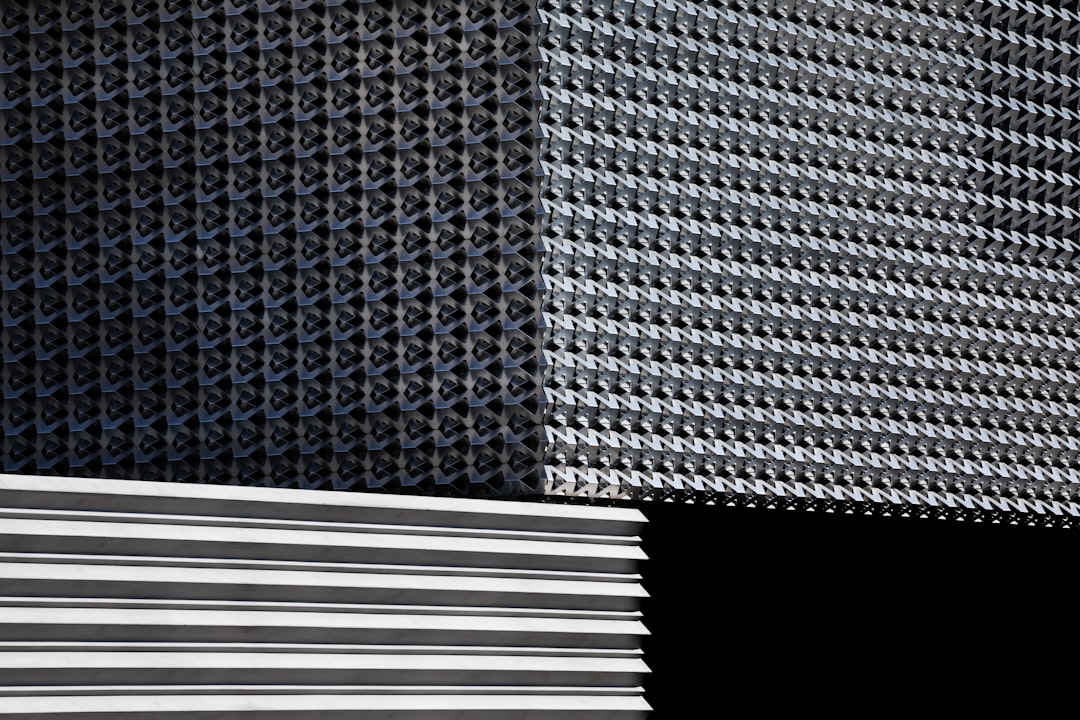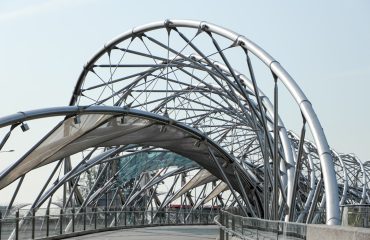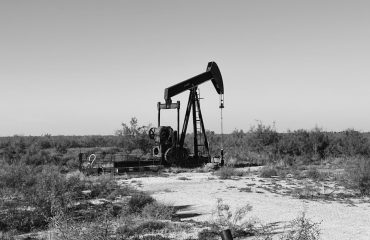Structural steel has been a cornerstone of construction for centuries, and for good reason. Its versatility, strength, and efficiency make it a top choice for architects, engineers, and builders across the globe. This post delves into the numerous benefits of using structural steel, exploring why it remains a dominant force in modern construction.
Unmatched Strength and Durability: The Foundation of Steel’s Success
The primary advantage of structural steel is its exceptional strength-to-weight ratio. This means that steel can support significant loads while remaining relatively lightweight compared to other materials like concrete or timber. This characteristic is crucial in high-rise buildings, bridges, and other large-scale structures where minimizing weight is essential for structural integrity and stability. Steel’s high tensile strength allows it to withstand significant forces without deformation, ensuring the longevity and safety of the structure. Furthermore, steel’s inherent durability means it can resist corrosion and wear, requiring minimal maintenance over its lifespan. While susceptible to rust, advancements in protective coatings and galvanization significantly extend its lifespan and reduce maintenance needs.
Flexibility and Design Versatility: Shaping the Future of Construction
Steel’s malleability offers unparalleled design flexibility. It can be easily shaped, bent, and welded into intricate forms, allowing architects and engineers to create complex and aesthetically pleasing structures. This flexibility extends to both large-scale projects and smaller-scale applications. From the graceful curves of modern stadiums to the intricate details of interior frameworks, steel’s adaptability makes it a versatile material for any project. The prefabrication of steel components also contributes to its flexibility. Components can be manufactured off-site and then assembled on-site, speeding up construction time and reducing disruptions. This prefabrication also allows for greater precision and quality control.
Cost-Effectiveness and Time Savings: A Smart Investment in Construction
While the initial cost of steel might seem higher than some alternatives, its long-term cost-effectiveness is undeniable. The speed of construction using steel significantly reduces labor costs and project timelines. Prefabrication, as mentioned earlier, plays a significant role in this efficiency. The reduced construction time translates to faster project completion and quicker return on investment. Furthermore, steel structures require less maintenance compared to other materials, further contributing to long-term cost savings. The durability of steel ensures the structure’s longevity, minimizing the need for costly repairs or replacements in the future. The ease of recycling steel also contributes to its overall cost-effectiveness, making it a sustainable choice.
Sustainability and Environmental Responsibility: Building a Greener Future
Contrary to popular misconceptions, structural steel is a remarkably sustainable material. Steel is 100% recyclable without losing its inherent properties. This makes steel a circular material, reducing the demand for virgin resources and minimizing waste sent to landfills. The recyclability of steel significantly reduces its carbon footprint compared to materials that cannot be easily recycled. Moreover, advancements in steel production are continually improving its environmental profile, with efforts focused on reducing energy consumption and emissions during the manufacturing process. The durability of steel also contributes to its sustainability, as longer-lasting structures reduce the need for frequent replacements and associated environmental impacts.
Safety and Resilience: Ensuring Structural Integrity and Peace of Mind
Steel’s high strength and resilience make it a safe and reliable material for construction. Its ability to withstand extreme weather conditions, seismic activity, and other potential hazards ensures the safety and protection of occupants. Rigorous testing and quality control measures throughout the steel production and construction processes further enhance safety. Steel structures are designed and engineered to withstand significant loads and stresses, minimizing the risk of structural failure. The inherent fire resistance of steel, especially when protected by appropriate coatings, provides additional safety and peace of mind. This contributes to the overall safety and resilience of steel structures, making them a preferred choice for critical infrastructure and high-occupancy buildings.
In conclusion, the benefits of structural steel are multifaceted and compelling. From its unparalleled strength and durability to its cost-effectiveness and sustainability, steel remains a leading material in the construction industry. Its versatility and design flexibility allow for innovative and aesthetically pleasing structures, while its inherent safety and resilience provide peace of mind. Choosing structural steel is choosing a smart, sustainable, and enduring investment.
Tags: structural steel, steel construction, steel benefits, sustainable building materials, construction materials




